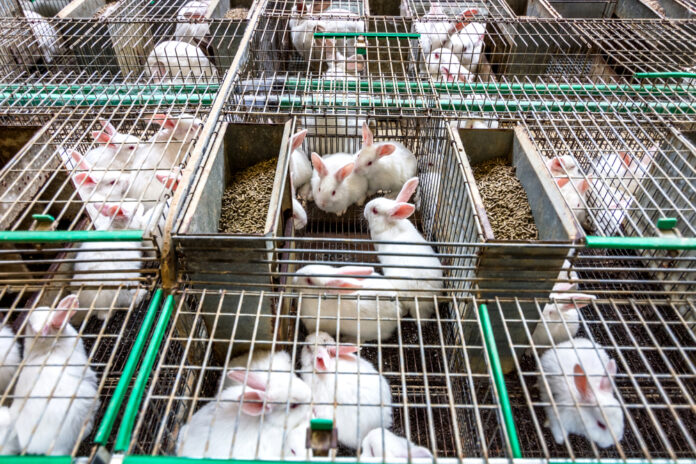Recognition from the local government and from the Bureau of Animal Industry (BAI) are mandatory for so-called household clusters and farmer groups looking to participate in the rabbit raising program of the Department of Agriculture (DA).
Prospects are required to have at least 200 square meters of space in urban or peri-urban areas of the country to become eligible in the program fully funded by the current budget or the General Appropriations Act or GAA.
This was learned from DA senior Undersecretary Domingo Panganiban who explained that the rabbit raising program recognizes rabbit meat as alternative or supplementary source of income for farmers in urban and peri urban areas.
The National Urban and Peri-Urban Agriculture Program (NUPAP) encourages the creation of livestock and poultry farms form-fitted for urban or peri-urban conditions that help promote food security, provide alternative source of livelihood and help manage waste even in areas where space is limited or worth a premium.
Under DA memorandum circular 6 – 2023 signed by DA Senior Undersecretary Panganiban, rabbit raising for meat is an alternative venture as a supplementary source of income for farmers or households in urban and peri-urban areas as this has high protein content, iron and minerals apart from being low in cholesterol.
The program provides starter modules to qualified recipients and households with the goal of creating awareness of the potential of rabbit raising as alternative source of income.
DA said recipients must have an area of at least 200 square meters, come up with a letter of intent addressed to the director of BAI and must belong to farmer groups, households or institutions in clusters for monitoring and biosecurity purposes.
The DA regional field office in tandem with local government units must initially identify prospects and eligible beneficiaries who will then be screened by the BAI prior to the distribution of modules.
The BAI will provide technical assistance, information, education and communication materials before finally distributing five heads of two-month-old rabbits as breeder stocks, a set of three-layer rabbit cages plus 25 kilograms of rabbit feed for each beneficiary.
The BAI will supervise the implementation of the project through regular monitoring and evaluation as an on-site monitoring is done at least every three months.
Recipients are required to submit a production report each month.







